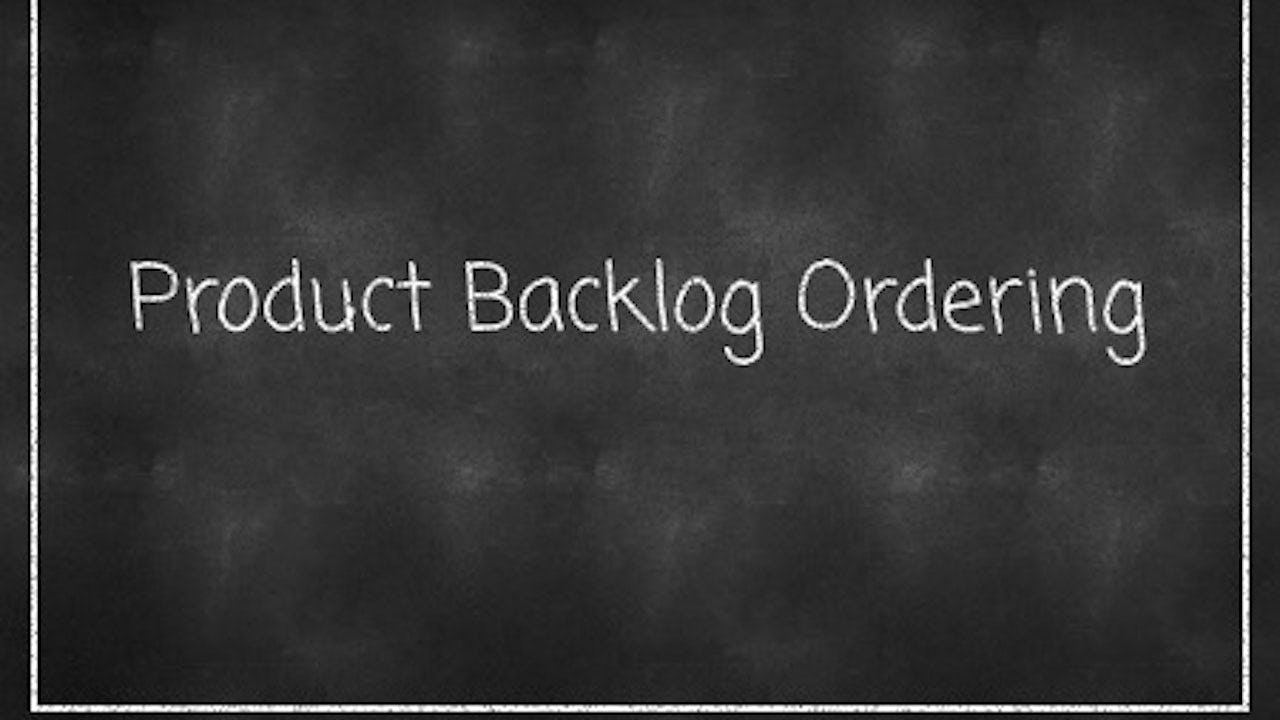Do you recognise these Agile Implementation Problems?
Maybe it's taking way longer than you expected to get the expected team flow, the aimed benefits and the real customer value? Maybe the board of directors expects too much? What should you do? Run to the Agile coach and demand your money back?
12 maart 2018 | Blog | Door: Conclusion Consulting
Deel

Perhaps, but first, why not take a closer look at what factors have the most impact where Agile team efficiency is concerned?
Bad Start in Agile: It does frequently happen that teams are introduced to Agile from a wrong perspective or with unreal expectations. Then they just can't make it work. Expected unrealistic goals like increasing productivity in a month or two or twice higher customer satisfaction by direct delivery is not achievable. Not in short term and maybe in long term.
Here one must manage the expectations of both the team and the stakeholders and give the team time to learn the new ways and to adapt and the management and the stakeholder a realistic view on when to expect the extra value of the new way of working. Also, if it appears as your Agile coach is making little sense, consider getting a second opinion.

Bad Product Backlog Items: Product Backlog Items can be anything that needs to be achieved to creat the wished increment. Mostly written in terms of user stories. Yet, how are the described? Are the good or bad? Bad user stories are stories that are either badly written in their core (they make no sense), are badly worded (development team doesn't know what to do) or are just too large for one feature or fix.
No one says the product owner must write the user stories, but he is responsible for his PBI's. So get in contact with the whole team that is most likely to be working on an item to help when writing the user story for the PO and why not involve other stakeholders?
Improper ordered list of the Product Backlog Items: It sounds easy enough to arrange the Product Backlog. The Product Backlog is supposed to be "an ordered list of everything that is known to be needed in the product"(Scrum Guide (c) 2017, Ken Schwaber and Jeff Sutherland).
Use a prioritising matrix, don't do it all yourself (product owner), involve your customer, architect and the team. Because it often turns out that a surprising number of teams do not know, understand or manage their own priorities well at all. That's the kind of thing that can make or break your deal with a stakeholder.
After the Sprint Backlog is set and committed to, a team must have enough power to be able to pick items for themselves and pause work on less crucial things in the meantime rather than leaving all the decision making to the product owner. The team will know best when and how to pause and start work much more effectively.

Unclear or unknown Definition of Done: Unless all members of the team have the same understanding of when a task is done (and ultimately a PBI), there will always be a reverse flow present on your Sprint board. So, delays, frustration, and missed deadlines will follow.
The Scrum Guide defines the Definition of Done as the transparency needed to define when it's done and make this information known to all on the team, meaning to keep a written note on this in a visually reachable place, like next to the Sprint board or that spot right above the coffee machine you're all staring at while waiting for coffee. Or in Jira?
Wrong Understanding of Timeboxing: Scrum recommends teams to follow timeboxed iterations to software development also known a sprint. Everything within the Sprint has an allocated time, and you are expected to deliver things within this timeframe.
Timeboxing raises your awareness of time, it forces you to practice estimating, and over time it improves your estimation skills. Finally, since time and cost are so tightly coupled, timeboxing allows you to implicitly think about the value you are adding, ultimately managing your risks and scope creep. The idea isn't to put a time-frame on something, but to make the work of a size that will suit the normal, accepted, and currently used timebox. Timeboxing improves focus which results in increase in productivity. Timeboxing helps in team and stakeholders with realization of time in hand and time spent.
Testing Too Late: It seems to be a hallmark of teams fairly new to Agile who tend to bring their previous methods on board. Efficient testing and quick bug turnaround are crucial to making Agile work in at least a basic fashion. Reserve time to think about automate testing and automate runways and execute a strict testing and deployment policy.
No Communication in teams and between teams: Miscommunication is often attributed to distributed teams, but communication can suffer in all circumstances. All it takes is having bad examples set and no training (or common sense) in how much impact this creates to all productivity. Whether your team is spread across different locations in one country or sitting in the same building or rooms, not being able to share thoughts, get feedback on ideas and the common way of working is a common issue. As often mentioned, the best way still is genuine face to face communication, and in making concise agreements about how and what and why. It might be a good idea to create a committed protocol. State clearly what action requires which communicative reaction. It will be hard at first, but people get used to this after a while and information starts to flow beautifully through the team, its direct environment and the whole company.
If things are not going as well as they should or could, find out the cause and fix it.Inspect and adapt, make it Transparent, and keep improving. And learn from the "mistakes" and teach others. Keep teaching.
Share